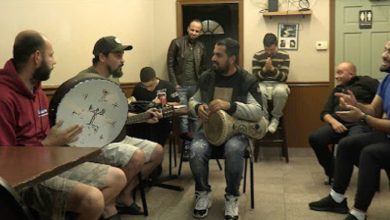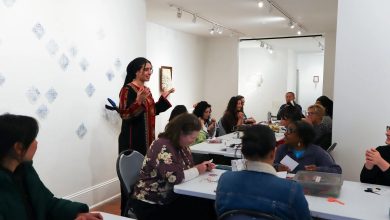Do Arab and Muslim Children in the U.S. Integrate with American Peers?
Exploring cultural identity, social adaptation, and challenges for Muslim and Arab youth in America.
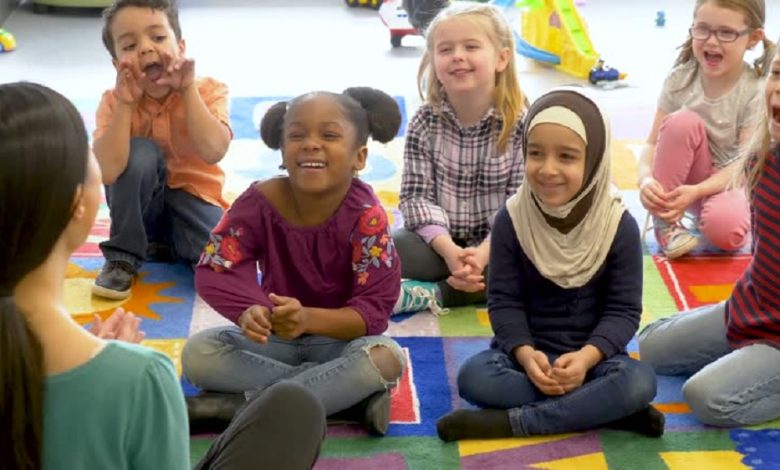
The integration of Arab and Muslim children in the United States into mainstream American society is a nuanced process shaped by cultural identity, religious values, education, and the social environment. While many children adapt well and form friendships with peers from diverse backgrounds, the journey is influenced by several key factors—both opportunities and challenges.
1. Language and Early Education
Language proficiency plays a significant role in integration. Children who are exposed to English early, whether at home or in preschool, often adapt more smoothly to American classrooms. Many Arab and Muslim families also encourage bilingualism, preserving Arabic at home while embracing English at school. This bilingualism can enrich identity but may also create cultural code-switching—speaking, thinking, and behaving differently in school versus at home.
2. Cultural Identity and Religious Practices
Arab and Muslim children often carry strong cultural and religious identities shaped by their family’s traditions, Islamic teachings, and community involvement. Practices such as wearing the hijab, observing halal dietary rules, or celebrating Eid instead of Christmas can make them stand out among peers. In inclusive school environments, this diversity is celebrated; in less understanding settings, it can sometimes lead to feelings of isolation or misunderstanding.
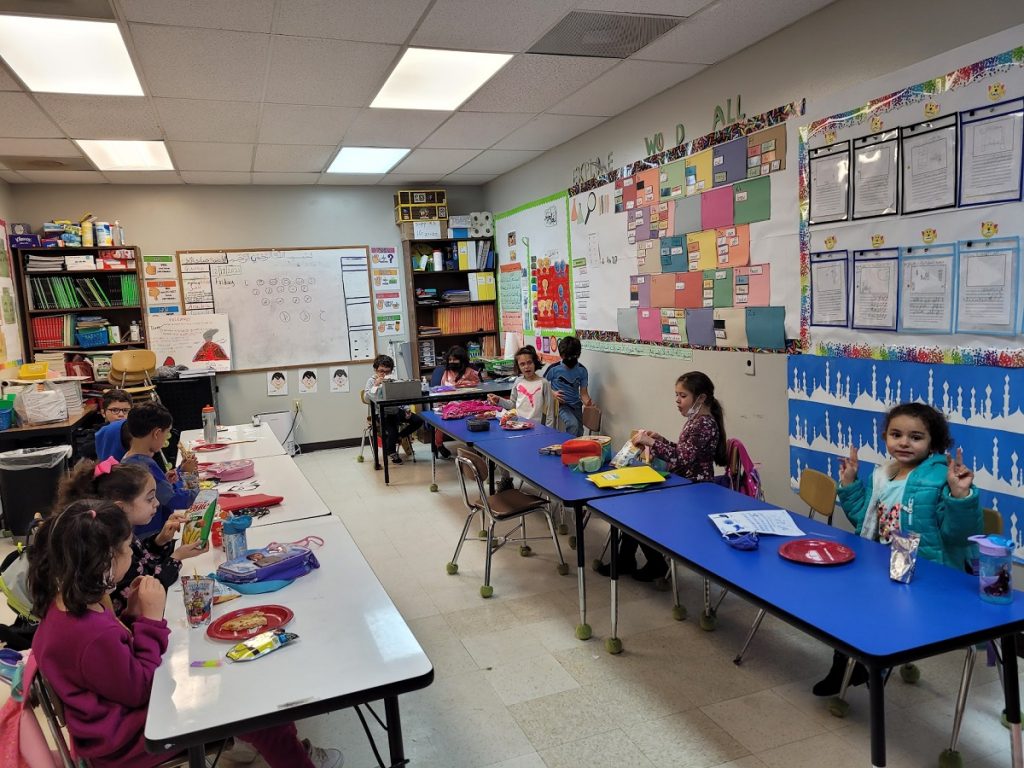
3. Friendships and Social Networks
Friendship formation depends on both personality and context. In diverse urban areas like New York, Chicago, or Dearborn, where Arab and Muslim populations are significant, children often find peers with similar backgrounds alongside friends from other cultures. In smaller towns with fewer Muslims, children may be more immersed in predominantly non-Muslim social circles, which can foster integration but also create identity tension.
4. Challenges: Stereotypes and Islamophobia
Unfortunately, some Arab and Muslim children encounter prejudice or stereotyping, particularly in post-9/11 America and during times of heightened geopolitical tensions. Bullying, misrepresentation in media, and a lack of cultural awareness in schools can hinder integration. However, schools with strong anti-bullying policies and diversity programs can significantly reduce these barriers.
5. The Role of Family and Community
Integration is often a balancing act between embracing American culture and maintaining cultural heritage. Families and community centers—mosques, Islamic schools, Arab cultural clubs—play a crucial role in providing cultural grounding and a support network. Many parents encourage active participation in extracurricular activities like sports, debate clubs, or art programs, which help children form cross-cultural friendships.
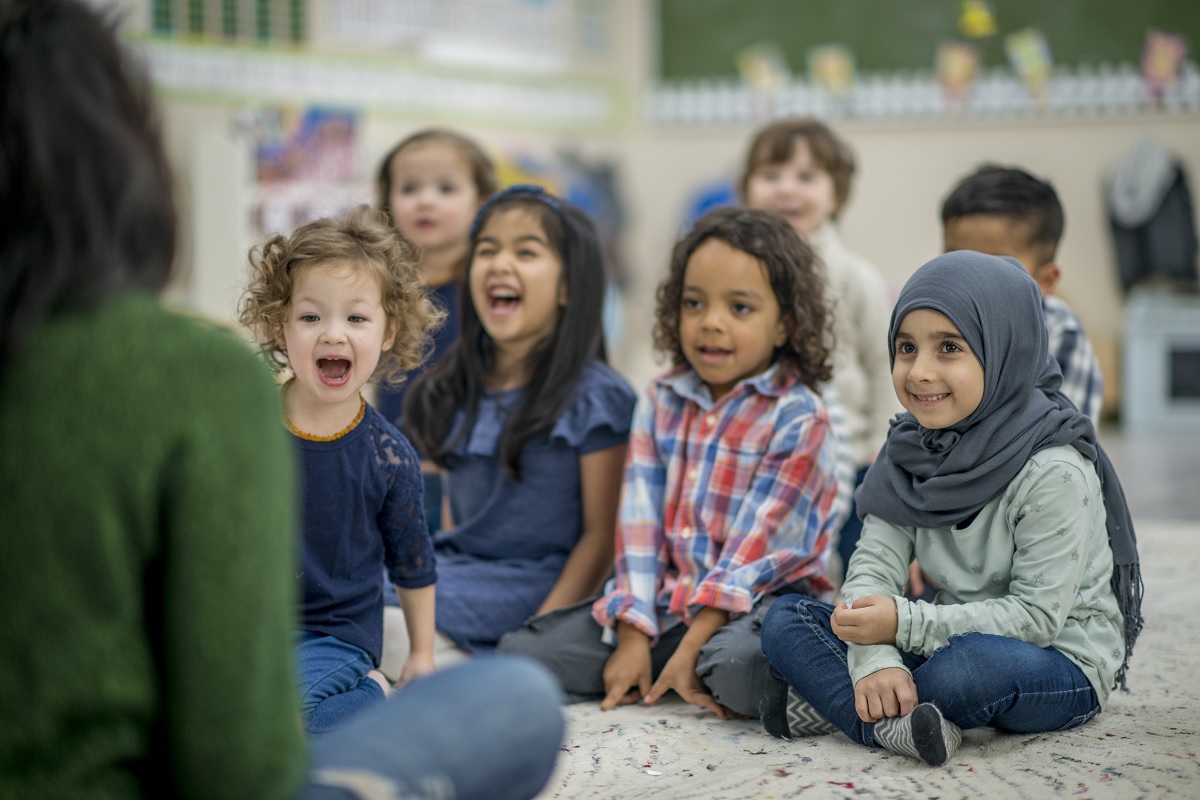
6. Educational and Social Outcomes
Research shows that Arab and Muslim students who have supportive peer groups, understanding teachers, and engaged families often thrive academically and socially. They may also develop what some psychologists call “bicultural competence”—the ability to navigate and succeed in two different cultural worlds.
Arab and Muslim children in the U.S. are integrating into American society, but the process is not uniform. It depends on location, school environment, family approach, and societal attitudes. When supported by inclusive communities and schools, these children often grow into confident, multicultural individuals who are comfortable both as Americans and as proud members of the Arab and Muslim worlds.


